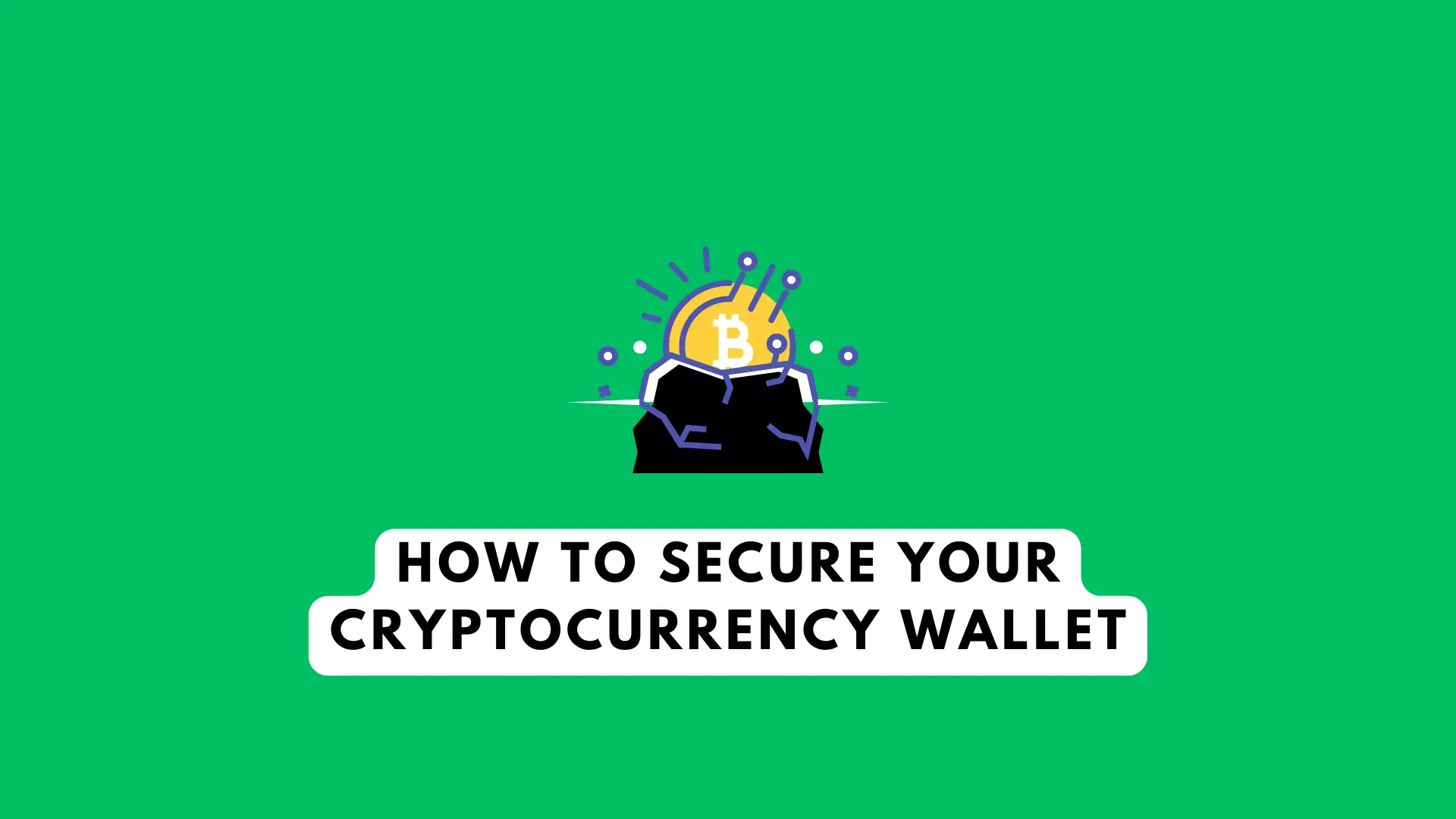With the increasing adoption of cryptocurrency, ensuring the security of your digital assets has become more crucial than ever. Hackers and scammers are constantly finding new ways to breach crypto wallets, leading to the loss of millions of dollars in digital currency. Unlike traditional banks, cryptocurrency transactions are irreversible, meaning once your funds are stolen, they are gone forever.
To protect your investments, you must take proactive security measures. This guide will provide you with essential tips on how to secure your cryptocurrency wallet and safeguard your assets from cyber threats.
1. Choose a Secure Cryptocurrency Wallet
The first step in securing your crypto assets is selecting a reliable and secure cryptocurrency wallet. There are several types of wallets available, each with varying levels of security:
Types of Crypto Wallets
- Hardware Wallets (Cold Wallets) – These are physical devices that store your private keys offline, making them the most secure option. Examples include Ledger Nano X and Trezor Model T.
- Software Wallets (Hot Wallets) – These are connected to the internet and include mobile, desktop, and web wallets. While convenient, they are more vulnerable to hacking.
- Paper Wallets – These are physical pieces of paper containing your private and public keys. While secure from online threats, they can be lost or damaged.
- Exchange Wallets – Provided by crypto exchanges (e.g., Binance, Coinbase), these are the least secure since the exchange controls your private keys.
Best Practice: Use a hardware wallet for long-term holdings and a software wallet for regular transactions.
2. Enable Two-Factor Authentication (2FA)
Two-factor authentication (2FA) adds an extra layer of security by requiring a second verification step before accessing your wallet. Instead of just entering your password, you’ll also need to provide a one-time code from an authentication app like Google Authenticator or Authy.
How to Enable 2FA:
- Go to your wallet’s security settings.
- Enable 2FA and link it to an authenticator app.
- Store the backup codes in a safe place.
Avoid SMS-based 2FA, as hackers can bypass it using SIM swapping attacks.
3. Use Strong and Unique Passwords
Your wallet’s password is the first line of defense against hackers. A weak or reused password makes it easy for cybercriminals to gain access to your funds.
Tips for Creating a Strong Password:
✔ Use at least 12-16 characters (mix uppercase, lowercase, numbers, and symbols).
✔ Avoid common words and personal details (e.g., birthdays, names).
✔ Use a password manager like Bitwarden or 1Password to store and generate strong passwords.
✔ Never reuse passwords across multiple accounts.
4. Keep Your Private Keys and Recovery Phrases Safe
Your private key is the master key to your wallet. If someone gains access to it, they can control your funds. Similarly, your recovery phrase (seed phrase) is used to restore your wallet in case of device failure or loss.
How to Secure Your Private Keys & Seed Phrase:
- Never share them with anyone.
- Write them down on paper and store them in multiple secure locations.
- Use a metal backup (e.g., Cryptosteel) to protect against fire and water damage.
- Avoid storing them on cloud storage or digital notes.
5. Be Cautious of Phishing Scams
Phishing attacks trick users into providing sensitive information through fake websites, emails, or messages. Scammers often impersonate crypto exchanges or wallet providers.
How to Avoid Phishing Attacks:
✔ Always verify URLs before entering login details.
✔ Never click on suspicious email links or attachments.
✔ Bookmark official wallet websites to avoid fake duplicates.
✔ Use a browser extension like MetaMask to detect phishing websites.
6. Avoid Using Public Wi-Fi for Crypto Transactions
Public Wi-Fi networks are highly insecure and can be exploited by hackers to intercept data.
How to Stay Safe:
✔ Use a VPN (Virtual Private Network) to encrypt your internet connection.
✔ Avoid accessing crypto wallets on public networks (cafés, airports, etc.).
✔ Use mobile data instead of unsecured Wi-Fi.
7. Keep Your Wallet and Devices Updated

Developers constantly release updates to patch security vulnerabilities. Keeping your wallet software and devices updated ensures you’re protected from the latest threats.
Best Practices:
✔ Enable auto-updates for your wallet and antivirus software.
✔ Use the latest version of your operating system and browser.
✔ Remove outdated or unused wallet applications.
8. Use Cold Storage for Long-Term Holdings
Cold storage refers to keeping your cryptocurrency offline, away from internet-connected devices. This method greatly reduces hacking risks.
Best Cold Storage Methods:
- Hardware wallets (e.g., Ledger, Trezor)
- Paper wallets stored in a safe place
- Multi-signature wallets for added security
9. Regularly Monitor Your Wallet Activity
Keeping track of your wallet’s activity helps you detect unauthorized transactions early.
How to Monitor Your Wallet:
✔ Enable email or SMS alerts for transactions.
✔ Check your transaction history frequently.
✔ Use blockchain explorers (e.g., Etherscan, Blockchain.com) to verify transactions.
10. Backup Your Crypto Wallet Properly
Regular backups ensure that you can recover your funds in case of device loss or failure.
How to Backup Your Wallet:
✔ Use multiple backups stored in different locations.
✔ Securely store encrypted USB backups.
✔ Test the recovery process to ensure you can restore access.
Conclusion
Cryptocurrency security should be a top priority for every investor and trader. By implementing these security measures, you can significantly reduce the risk of losing your funds to hackers and scammers.
✅ Key Takeaways:
- Choose a secure wallet (preferably hardware wallets for long-term storage).
- Enable 2FA and use strong passwords.
- Protect your private keys and recovery phrases from unauthorized access.
- Beware of phishing attacks and avoid using public Wi-Fi for transactions.
- Keep your wallet and devices updated and monitor your activity.
- Backup your wallet and use cold storage for large holdings.
By following these steps, you can safeguard your cryptocurrency assets and trade with peace of mind. Stay secure, stay vigilant, and protect your crypto investments!
